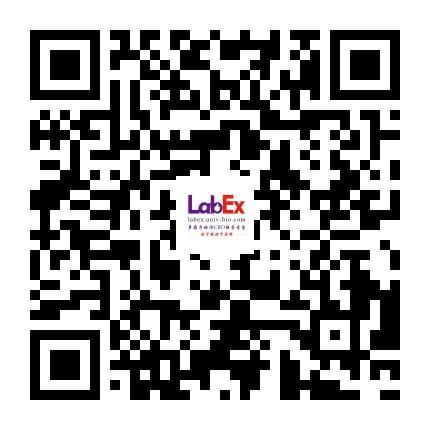Effect of butorphanol tartrate combined with dexmedetomidine on postoperative analgesia
analgesia, patient-controlled, anesthesia, general, dexmedetomidine, drug-related side effects and adverse reactions, pain, postoperative LabEX支持文献- Vojnosanitetski pregled
- 2024
- 0.2
- 免疫/内分泌
- 免疫/内分泌
- IFN-γ,IL-6,Ang-II
相关货号
Abstract
Background/Aim. Since finding a safe and efficient strategy of multimodal postoperative analgesia and sedation is particularly critical, it is important that dexmedetomidine (DM) combined with opioid anesthetics can enhance that through a synergistic action. The aim of the study was to assess the effect of butorphanol tartrate (BT) combined with DM on postoperative analgesia. Methods. A total of 100 elderly patients undergoing general anesthesia surgery from January 2019 to June 2022 were selected. The patients were divided into two equal groups - research group (RG) and control group (CG), using the random number table method. All patients were given postoperative patient-controlled intravenous analgesia (PCIA) plus background infusion. CG patients were given 10 mg of BT, and RG patients were given 10 mg of BT and 300 μg of DM. The analgesics were diluted in 100 mL of 0.9% normal saline. The doses of rescue analgesic tramadol within 48 hrs after surgery, the number of PCIA boluses 48 hrs after surgery, and postoperative hospitalization time were recorded. The Visual Analog Scale (VAS) score, Ramsay sedation score (RSS), inflammatory and stress responses [interleukin (IL)-6, interferon (IFN)-γ, and angiotensin II (Ang-II)], and anesthesia-related adverse reactions (ARAR) were compared at different time points. Results. The dose of tramadol within 48 hrs after surgery, the number of PCIA boluses 48 hrs after surgery, and the postoperative hospitalization time of RG were lower than those of CG (p < 0.05). VAS scores at rest and during activity and serum IL-6, IFN-γ, and Ang-II levels of both groups increased at 4 and 12 hrs after surgery, then decreased at 24 hrs after surgery. The above indicators of RG were lower than those of CG at each time point (p < 0.05). The RSSs of the two groups increased at 4, 12, and 24 hrs after surgery, then dropped at 48 hrs after surgery. The scores of RG were lower than those of CG at each time point (p < 0.05). The incidence rates of ARAR had no significant difference between RG and CG (p > 0.05). Conclusion. BT combined with DM is effective for analgesia and sedation after general anesthesia surgery in elderly patients, which can reduce inflammatory and stress responses without increasing ARAR.
Keywords: analgesia, patient-controlled, anesthesia, general, dexmedetomidine, drug-related side effects and adverse reactions, pain, postoperative
本网站销售的所有产品及服务均不得用于人类或动物之临床诊断或治疗,仅可用于工业或者科研等非医疗目的。







 沪公网安备31011502400759号
沪公网安备31011502400759号
 营业执照(三证合一)
营业执照(三证合一)


